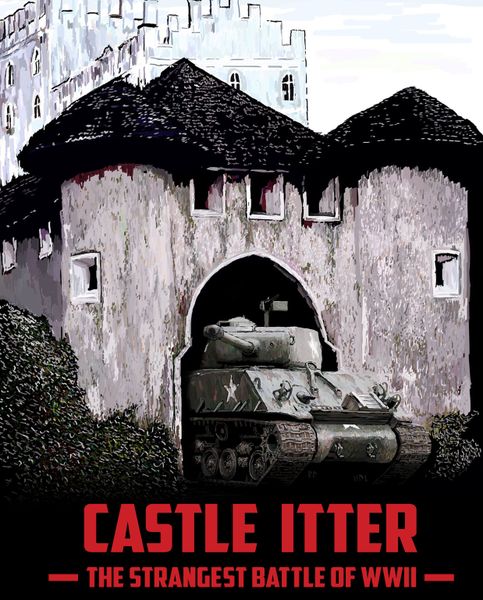Castle Itter: The Strangest Battle of WWII (2019) Board Game
Castle Itter: The Strangest Battle of WWII is a historical board game based on a true event that took place during the final days of World War II. The Battle of Castle Itter was a unique event where American and German soldiers teamed up to defend a castle in Austria against an SS assault. This unusual alliance between former enemies is what makes this battle one of the most interesting and intriguing stories of WWII.
Game Components of Castle Itter: The Strangest Battle of WWII
How To Setup Castle Itter: The Strangest Battle of WWII
Setting up the game is relatively quick, taking about 5 minutes. Players start by placing the game board, which represents the castle and its defensive positions. The SS Card Deck is shuffled and placed within reach. Defender Units are deployed according to initial setup rules, with each unit having specific starting positions. The SS units are not deployed at the start but are activated by cards drawn from the SS Deck during the game. Players also need to place various tokens and markers to track the game state[4.).
Gameplay Mechanics and Game Objective
Player Experience
Playing **Castle Itter** is a tense and dynamic experience. The game demands careful management of defender units and strategic use of actions to suppress and eliminate enemy forces. The historical context adds depth, especially with the inclusion of real-life characters like Jean Borotra, whose escape can significantly influence the game’s outcome. Players must balance defense with the risk of counterattacks and manage resources to survive the relentless enemy assault.
Pros
Cons
Personal Thoughts on Castle Itter: The Strangest Battle of WWII
**Castle Itter** is ideal for players who enjoy solo wargames and are interested in historical scenarios. It offers a unique blend of strategy and storytelling, making it appealing to those who appreciate both the historical context and the mechanical challenge. However, it may not be the best fit for players seeking highly complex or immersive role-playing experiences. The game’s simplicity and procedural nature could appeal to those looking for a quick, engaging wargame with a compelling narrative.
We are supported by our audience. When you purchase through links on our site, we may earn an affiliate commission, at no extra cost for you. Learn more.

